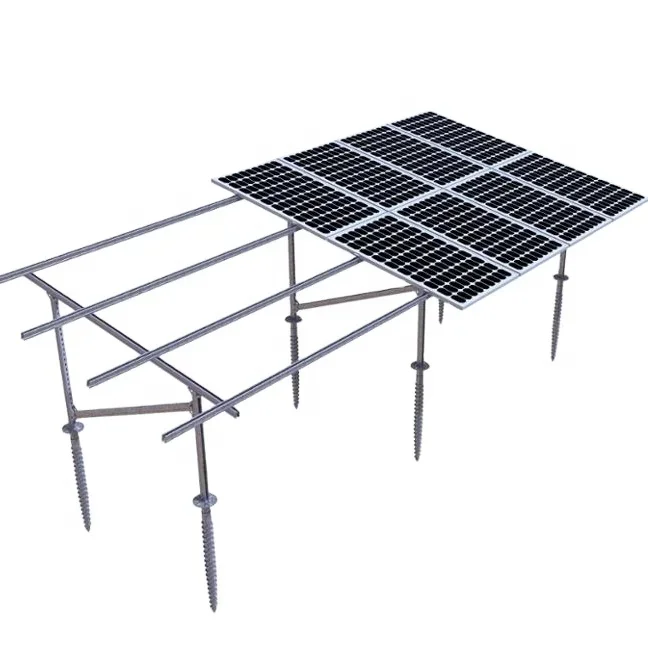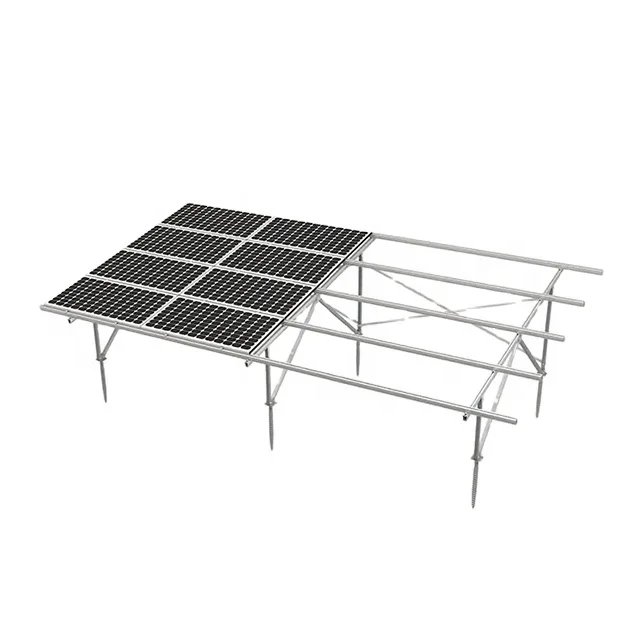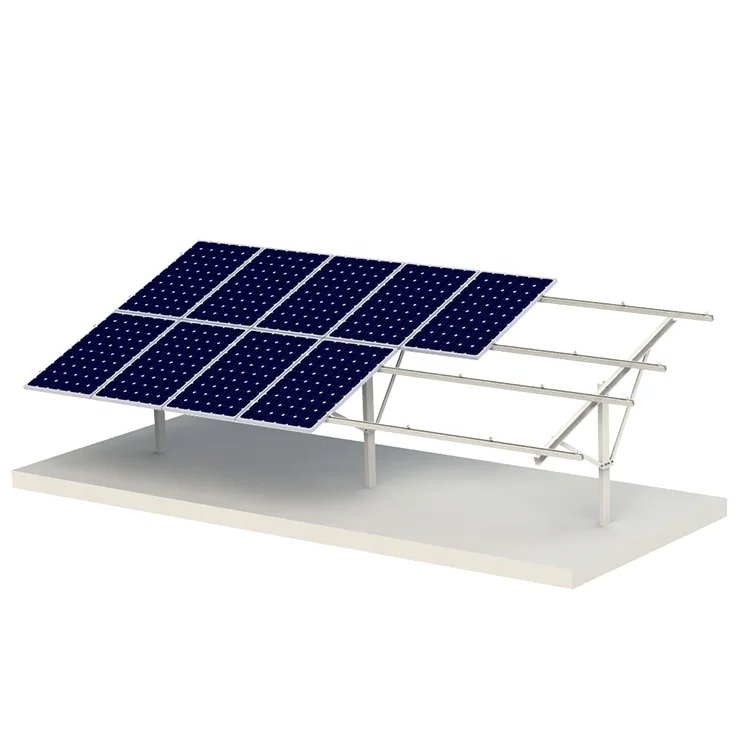-
2103 Room NO.322 Xinggang One Road, Haicang District, Xiamen Fujian, China

Understanding Commercial and Industrial Solar PV Systems
Commercial solar PV systems are installed on non-residential properties such as office buildings, warehouses, farmlands, and open land plots. These systems have seen a global surge in adoption due to their ability to reduce energy costs and support environmental sustainability initiatives.
This article covers the typical installation costs, running costs, and strategies to reduce initial expenses for commercial solar PV systems.
Table of Contents
📌 Key Components Needed for Installation
The installation of an industrial solar PV system typically involves the following materials:
- Solar Panels – The primary component for capturing sunlight.
- Inverter (Power Conditioner) – Converts DC power into usable AC electricity.
- Mounting Structures – Secure panels at the correct angle and orientation.
- Overvoltage Protection Device (for systems ≥ 50kW)
- Reverse Power Relay
- Remote Monitoring System
- Fencing (optional, often required in ground-mounted systems)
🔗 Related Products:
- Наземная система крепления солнечных батарей
- Система крепления солнечных батарей на крыше
- Плавающая система крепления солнечных батарей

💰 Cost of Installing Commercial Solar PV Systems
Rooftop Installations
Typical installation costs vary based on location and design. For rooftop systems, a global average is around:
| Item | Estimated Cost (per kW) |
|---|---|
| Connection Fee | $30–$50 |
| Design Fee | $80–$120 |
| Construction | $450–$650 |
| Mounting Structure | $180–$250 |
| Inverter | $250–$350 |
| Panels | $550–$750 |
| Others | Varies |
Estimated Total: $1,500–$2,000 per kW
Ground-Mounted Installations
Ground-mounted solar projects typically cost more due to land development needs.
| Item | Estimated Cost (per kW) |
|---|---|
| Connection Fee | $100–$200 |
| Land Preparation | $100–$200 |
| Design Fee | $100–$150 |
| Construction | $600–$800 |
| Mounting Structure | $250–$350 |
| Inverter | $200–$300 |
| Panels | $700–$900 |
| Others | Varies |
Estimated Total: $2,000–$2,500 per kW
📌 Example: A 50kW ground-mounted system may cost around $100,000–$125,000.

🔄 Ongoing Maintenance and Running Costs
Inspection Costs
Regular inspections are crucial for maintaining performance. For most regions:
- Visual Inspection: $200–$400
- Electrical Testing: $500–$1,000
- Annual Maintenance Contracts: $2,000–$5,000 depending on system size
In many regions, large systems (over 2000kW) require certified external inspectors.
Cleaning Costs
Dust, pollen, and bird droppings reduce efficiency. Professional cleaning ranges:
- Basic Fee: $300–$500
- Per Panel Cost: $5–$10
Manual and robotic cleaning methods both exist. DIY cleaning is discouraged for safety and warranty reasons.
🔧 System Replacement and Repair Costs
- Solar Panel Lifespan: 25–30 years
- Inverter Lifespan: 10–15 years
- Inverter Replacement: $2,000–$5,000
Many inverter manufacturers offer 10-year warranties, extendable at an extra cost.
📉 Taxes and Insurance
Fixed Asset Tax
Systems over 10kW or installed by a business entity may be taxed. Local tax formulas usually apply:
Annual Property Tax = System value × Tax rate (e.g., 1–1.5%)
Insurance Options
Manufacturer warranties may not cover damage from natural disasters. Recommended policies include:
- All-Risk Insurance
- Equipment Breakdown Coverage
- Business Interruption Insurance
Annual premium: 2.5–3.5% of initial system value
💡 Tips to Reduce Initial Investment
Government Subsidies
In many countries, national or local authorities offer grants or tax incentives for renewable installations. Examples of support include:
- Percentage-based equipment grants (e.g., 30–75%)
- Fixed amount per kW installed
- Accelerated depreciation tax schemes
PPA (Power Purchase Agreement) Model
A PPA allows businesses to install solar with zero upfront cost. A third-party owns, installs, and maintains the system; the company simply pays for the electricity consumed.
This model is popular in the U.S., Europe, Southeast Asia, and Latin America.
📊 Get Multiple Quotes
Comparing bids from different installers helps ensure:
- Fair pricing
- Competitive warranties
- Transparent service and maintenance plans
Avoid the cheapest bidder without proper credentials, and always request full proposals and references.









